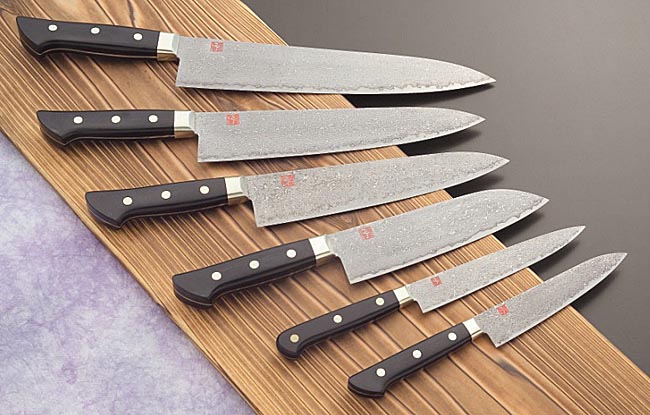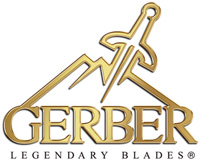If you go with Henckels, make sure you go for the ones with the two little "people" on the blade.

The other lines (with only one little guy) all suck. Since the steel is different, you lose out on everything that is good about the Zwilling series - like the ability to hold an edge. The International or Classic lines are cheaper, but for a reason.

The other lines (with only one little guy) all suck. Since the steel is different, you lose out on everything that is good about the Zwilling series - like the ability to hold an edge. The International or Classic lines are cheaper, but for a reason.





 , but I'm very happy with my Wusthof classic knives. I got the 8" chef's knife and 3.5" paring knife and the combination is good for just about anything. Super sharp, feel solid, and they look brand new after a few years. Combine those with a cheap-ish bread knife and you can cover 95% of the things you'd ever want to do.
, but I'm very happy with my Wusthof classic knives. I got the 8" chef's knife and 3.5" paring knife and the combination is good for just about anything. Super sharp, feel solid, and they look brand new after a few years. Combine those with a cheap-ish bread knife and you can cover 95% of the things you'd ever want to do.